Air New Zealand faced major flight disruptions after volcanic ash from White Island entered Tauranga’s airspace. The eruption occurred unexpectedly, and as a result, the ash cloud moved westward, affecting Bay of Plenty skies. Therefore, several scheduled flights were grounded or rerouted.
Although the volcanic eruption was classified as low-level, it triggered serious aviation concerns. Volcanic ash can damage engines and impair navigation systems. Consequently, Air New Zealand took swift action to protect passengers and crew. Meanwhile, satellite imagery showed ash spreading farther than initial forecasts predicted.
Furthermore, the volcano remained under Alert Level Three with the Aviation Colour Code at Orange. This combination signaled continued activity, which, in turn, raised caution for operators. While the ash plume didn’t affect ground-level health, it created serious challenges for air travel. So, flights in and out of Tauranga faced delays and cancellations on Sunday and Monday.
By Monday afternoon, the weather had shifted. Winds started blowing the ash cloud away from the coast. Because of that, skies began to clear, and normal operations resumed at Tauranga Airport. Even so, Air New Zealand advised travelers to stay updated, as weather and seismic conditions can change quickly.
Historically, White Island has shown unpredictable volcanic behavior. The 2019 eruption killed 22 people, including tourists. Since then, authorities have tightened monitoring and restricted access to the island. Currently, data from seismic sensors and satellite images help forecast potential threats, ensuring quicker responses.
This recent incident highlights New Zealand’s constant challenge of operating in a geologically active region. Accordingly, airlines must act fast during natural hazards to avoid danger. Although flights resumed, officials remain cautious, knowing that conditions may shift again.
Related stories:
Catch up on the top stories and travel deals by subscribing to our newsletter!

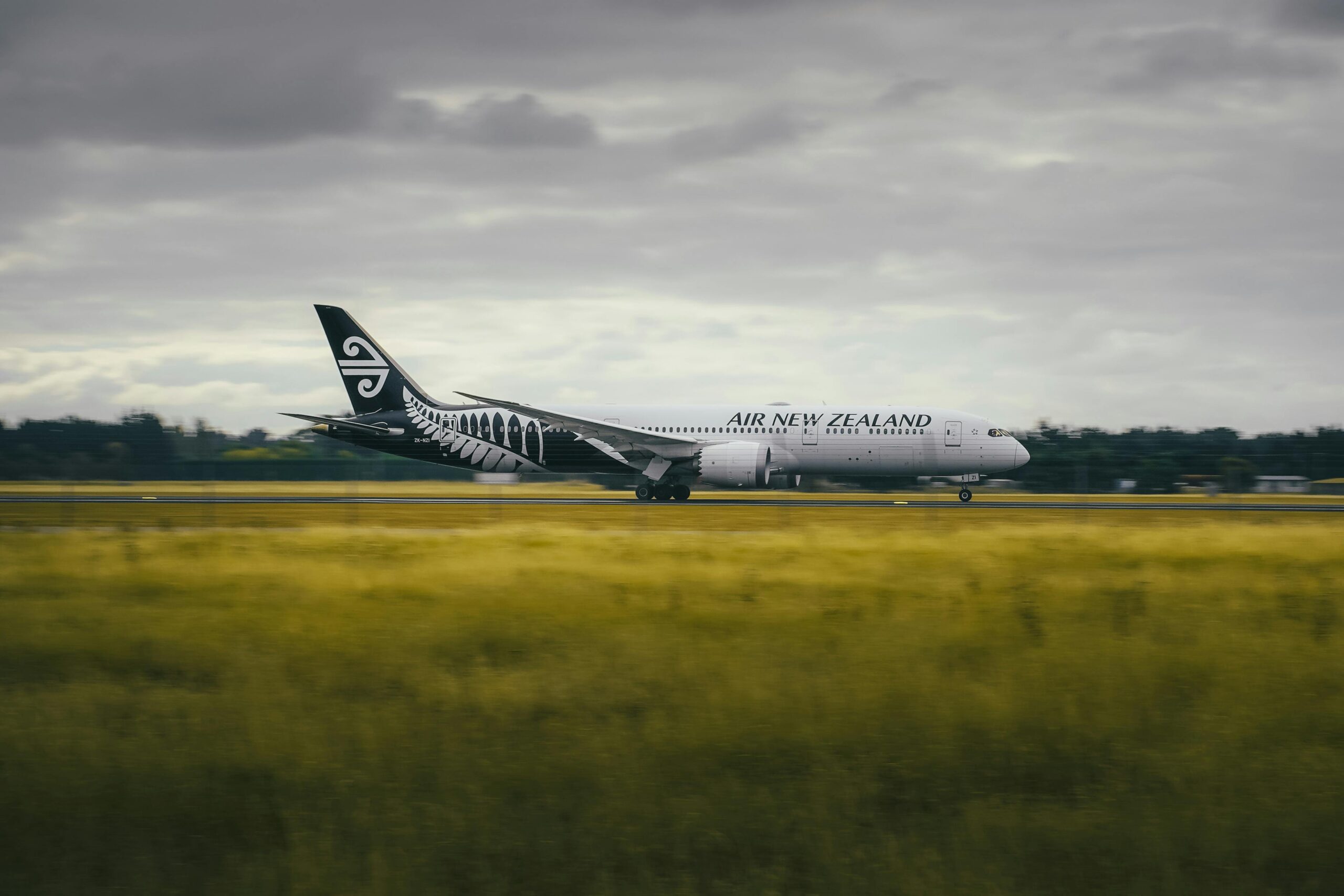


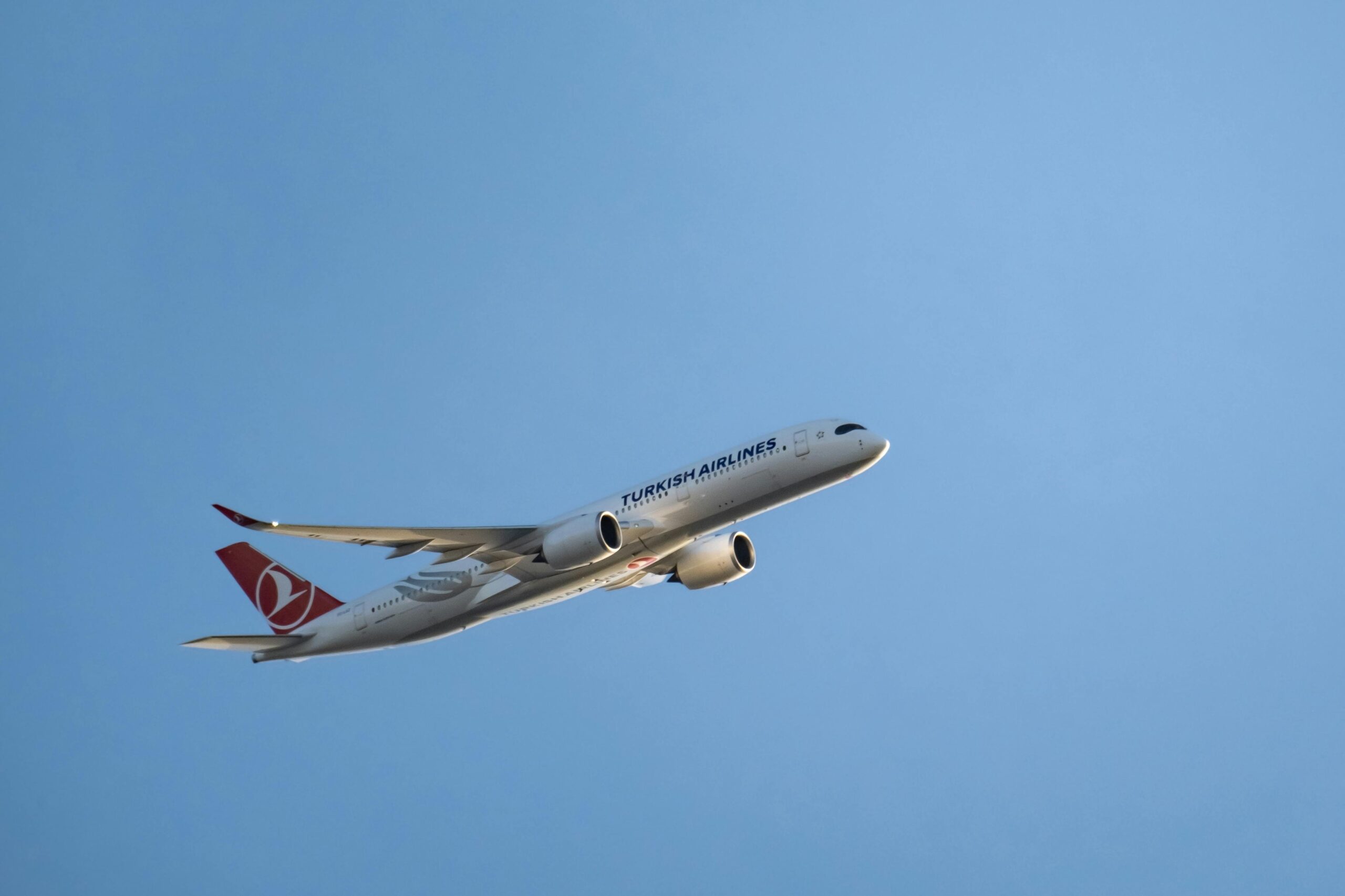
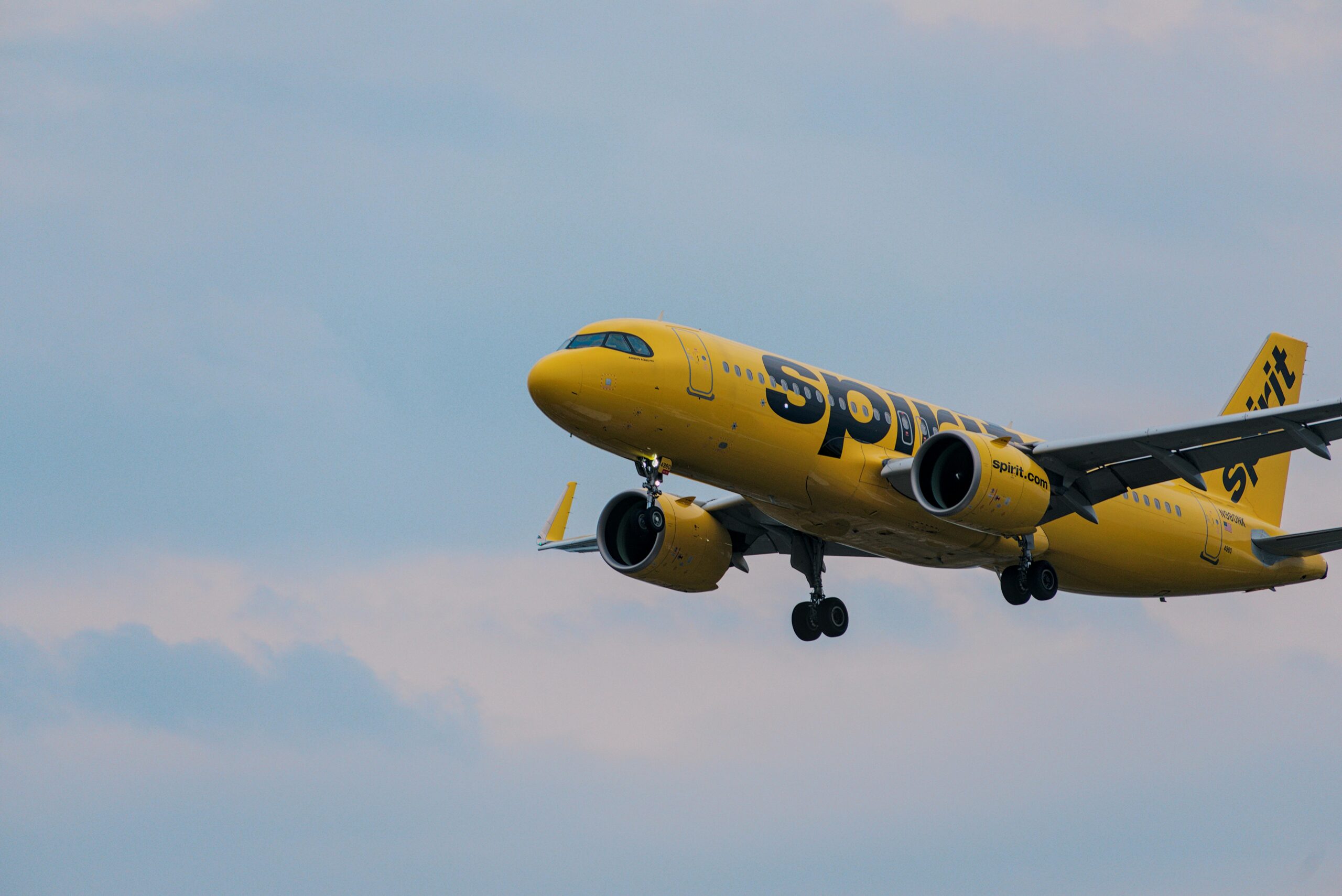
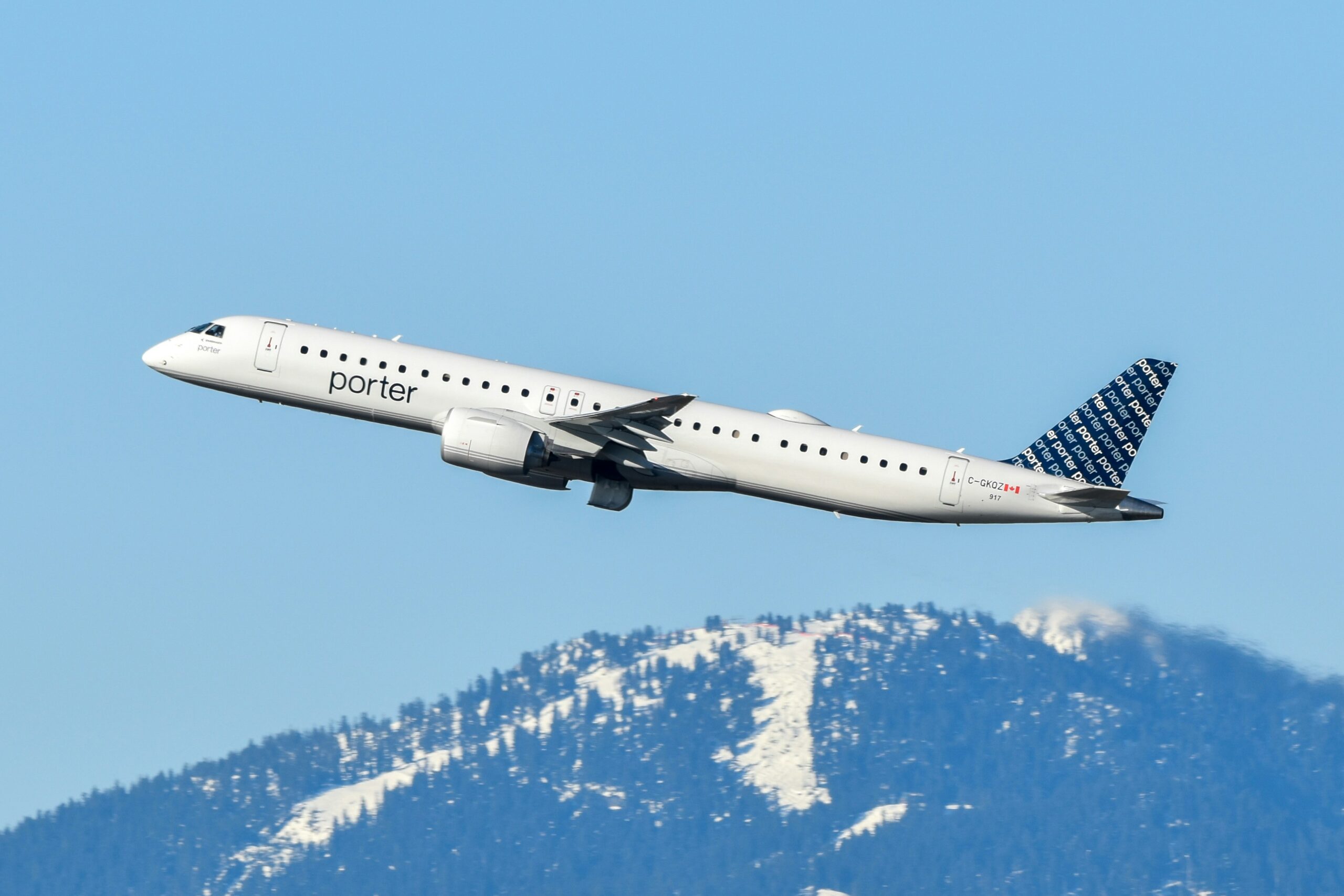
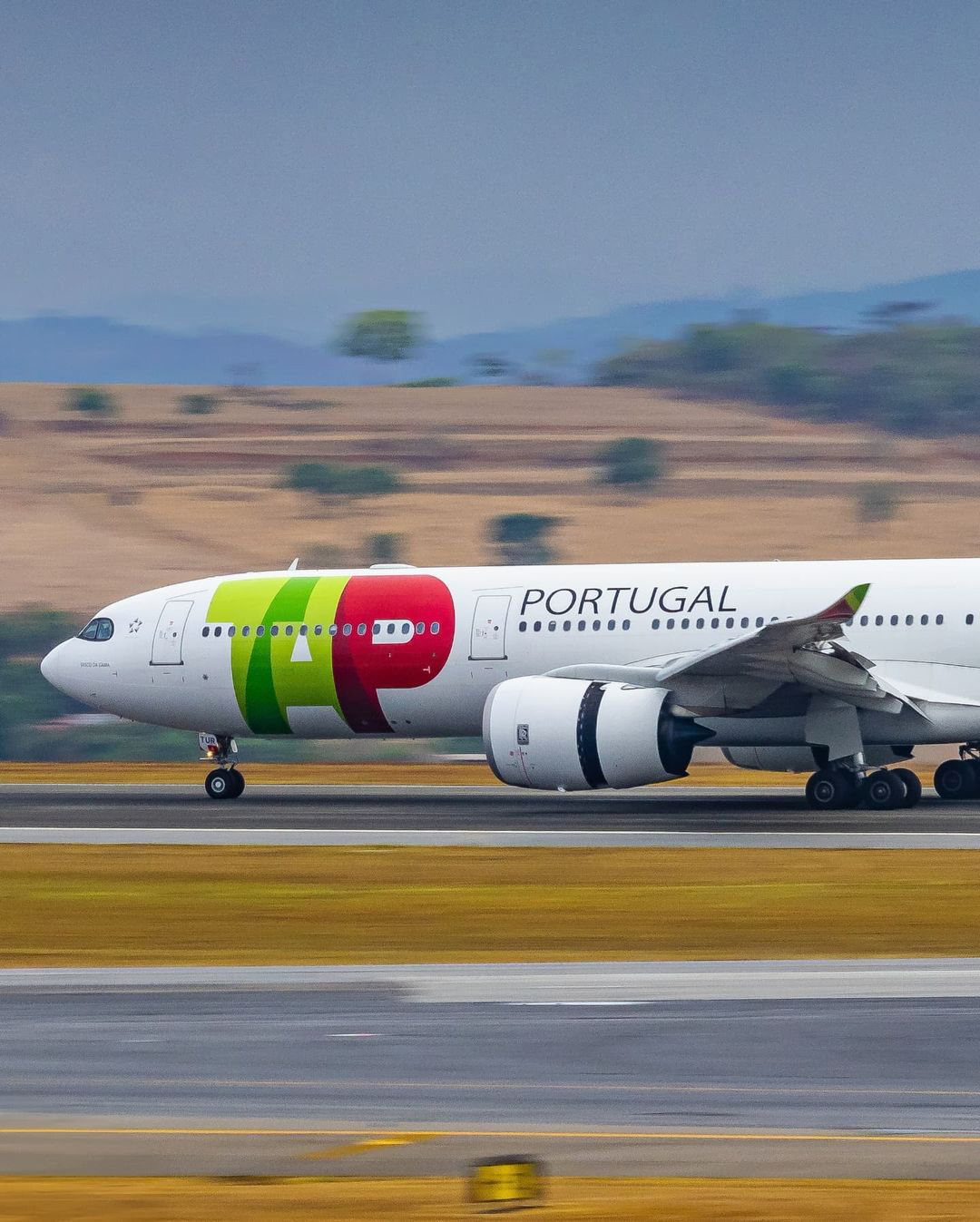




Leave a Reply